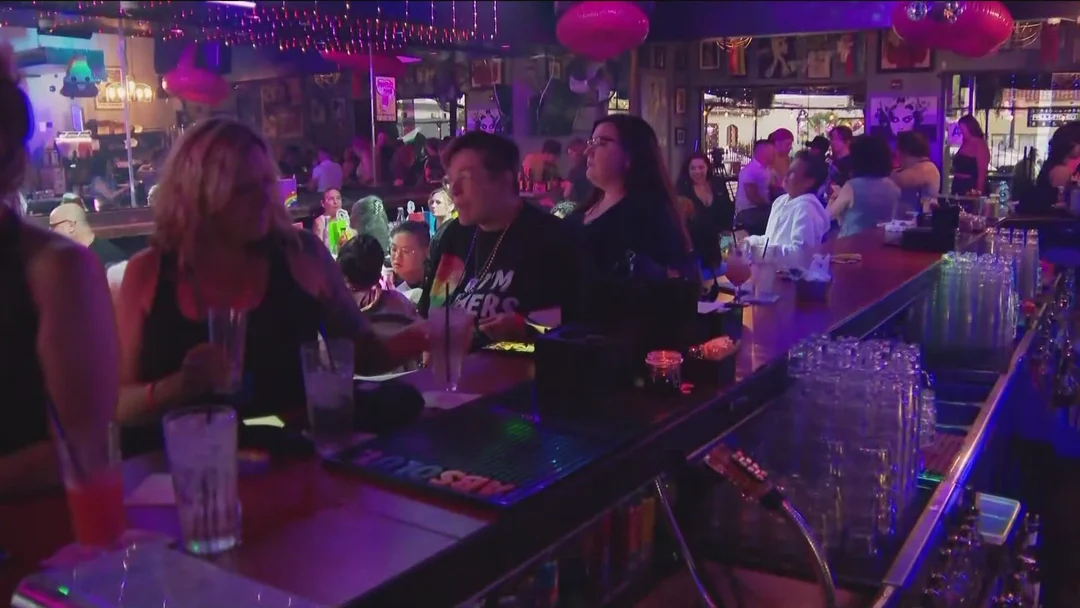
California Eyes 4 A.M. Last Call To Revitalize Downtown Nightlife
A new proposal in California could signal a major shift for nightlife across the state: extending bar and club last call from the current 2 a.m. cutoff to 4 a.m. in select downtown hospitality zones. As Assembly Bill 342 (AB 342) moves closer to a legislative hearing, city leaders, business owners, and residents are weighing in on what could become the most significant change in decades to California’s after-dark economy and culture.
The heart of the proposal is simple, but the stakes are high. Local governments would be given power to create “hospitality zones” in downtowns—typically around hotels, arenas, and convention centers—where liquor could be served until 4 a.m. on weekends and state holidays. Advocates argue that this nuanced approach balances public safety concerns, economic recovery, and the evolving tastes of both residents and tourists.
For years, efforts to push last call beyond 2 a.m. have fizzled out in Sacramento. Past proposals, even narrowly focused pilot programs, stalled in the face of opposition from law enforcement and elected officials concerned about late-night disruptions. Yet, as Assemblymember Matt Haney (D-San Francisco), sponsor of AB 342, notes, “We have a younger and more diverse Legislature that understands it’s OK for people to go out and have fun.” This time around, the California Association of Highway Patrolmen, which had opposed similar efforts, has shifted to a neutral position, thanks in part to data suggesting ride-share usage has helped curb DUIs, and the new bill’s weekend-only provision.
Business owners see tremendous promise. Yuda Piha, owner of Time Out Sports Tavern in San Diego’s Gaslamp Quarter, told reporters, “It definitely would help us make more money and help us pay our bills.” Beyond simply boosting sales on busy nights, the $2,500-permit system could offer relief during slower seasons when discounted specials aren’t enough to keep doors open. For some customers—especially those visiting from cities like Guadalajara, where nightclubs already stay open late—the measure means their “energy won’t go to waste.”
Still, not everyone is convinced. Concerns about noise, increased drunk driving, and potential civil disturbances linger. Cheyenne Santos, a San Diego resident, pointed out, “More drunk drivers, more civil disturbances, I don’t know.” Nightlife managers also cite secondary hurdles, such as securing insurance for additional late-night hours, something Moe Girton of Hillcrest’s Gossip Grill described as an already challenging and costly process.
But proponents counter that extended hours, channeled into controlled, well-patrolled zones, could actually reduce risks by keeping revelers out of residential areas and ensuring more eyes on the street. As Ben Bleiman of the California Nightlife Association suggests, “Keeping the lights on and security personnel out is a deterrent to violent crime and property crime.”
With major events like the 2026 Super Bowl and the 2028 Summer Olympics on the horizon, supporters argue that California must modernize to compete for convention and tourism dollars. Haney is optimistic: “You don’t have to be someone who goes out till 3 a.m. to see how we can have a benefit to our state. People broadly understand we’ve gotta have fun.”
As AB 342 heads for its committee hearing on April 23, city leaders will debate how to balance nightlife vibrancy, public safety, and business needs. Will California finally join the ranks of cities with an after-hours economy, or is the 2 a.m. cutoff here to stay? Leave your thoughts in the comments—should last call be extended, or are the risks too high?